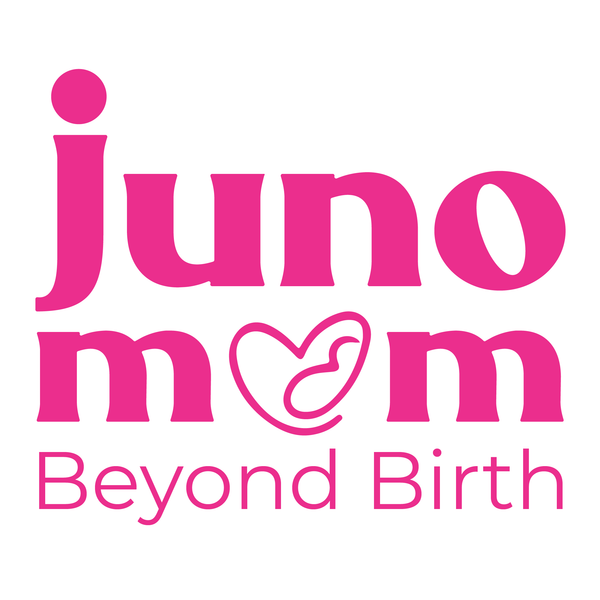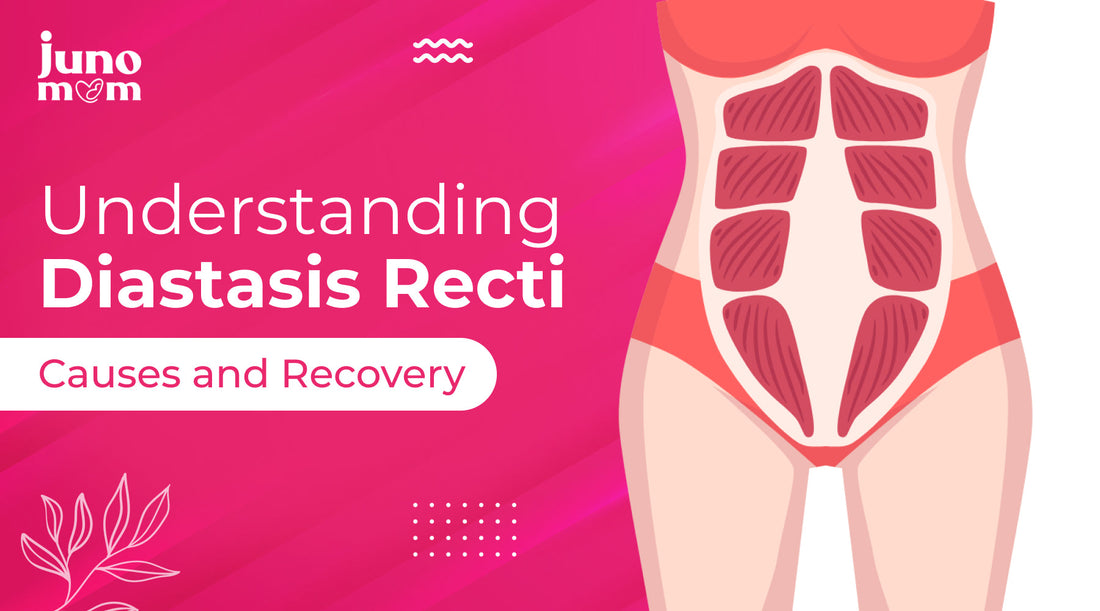After pregnancy, multiple things happen and you are not able to plan for all of them. Mostly, you are concerned about the baby and care for them as a priority. You must not forget, you’re also recovering and this is a long recovery journey. We wanted to tackle one such issue that you might face postpartum and you must know all about it.

Diastasis Recti is a condition many women experience after childbirth. It happens when the abdominal muscles separate, creating a gap in the midline of the belly. While this is a common issue, it's often overlooked or misunderstood. Understanding Diastasis Recti is the first step to recovery and better postpartum care.
What is Diastasis Recti?
Diastasis Recti occurs when the growing uterus stretches the abdominal muscles during pregnancy. This stretching can cause the muscles to pull apart, leaving a gap. It can happen after vaginal delivery and even c-section delivery.

This separation isn’t dangerous but can lead to discomfort, a weaker core, and a persistent belly bulge that doesn’t go away even with a postpartum weight loss journey.
Usually, it happens while and after pregnancy, but it can also occur due to lifting heavy weights.
How to Know If You Have Diastasis Recti?
As you have never experienced something like this before, it might be new to you and unrecognisable in its early stages. But, look for these signs:
- A bulge or “doming” in the middle of your stomach when you sit up or strain
- Weak core strength, making everyday tasks harder.
- Lower back pain or poor posture.
You can also do a simple self-check, just follow these steps and make yourself aware of the condition:
- Lie on your back with your knees bent.
- Lift your head slightly and feel along the midline of your stomach.
- If you notice a gap of two or more fingers, it could be Diastasis Recti.
Furthermore, consult your doctor for the treatment and do not try any home treatments.
How to Treat Diastasis Recti?
1. Safe and Effective Exercises

Focus on exercises that strengthen your core gently. Start with pelvic tilts and diaphragmatic breathing. Avoid high-impact exercises like crunches, as they can worsen the gap. Over time, move to planks and bridges under guidance. These exercises are essential to your postpartum recovery journey and should be done consistently.
You must also consult your doctor about the same and take this very seriously.
2. Use Postpartum Support Tools
Postpartum belly binders or abdominal support belts can help hold the muscles in place and promote healing. It can help in fixing your posture, holding the muscles in place and making the core stronger.
3. Physical Therapy

A physiotherapist trained in postpartum care can create a customised plan to strengthen your abdominal muscles and improve posture. You can choose this option if you feel that you need extra help in this recovery journey.
4. Consider Surgery if Necessary
In severe cases where non-surgical methods don’t work, surgery may be an option. This is usually done as part of a tummy tuck or abdominoplasty. However, surgery is a last resort and should only be considered after consulting a doctor, when it becomes a necessity.
Why Treating Diastasis Recti Matters?
Any condition in your body that is troubled can be harmful in the long term. Untreated, Diastasis Recti can lead to:
- Persistent lower back pain.
- Difficulty in losing the postpartum belly.
- Increased risk of hernias.
Addressing this condition not only improves physical health but also boosts confidence during your postpartum weight loss journey. If you ignore your condition, it may lead to severe damage to your body and consistent pain in reserved body parts.
How to Prevent Diastasis Recti?
To prevent such conditions, you will have to be cautious during your pregnancy. You must practice safe core-strengthening exercises during pregnancy under guidance and someone’s help. Maintain good posture and avoid straining your abdomen, do not lift heavy weights which can cause strain to your back or abdomen. Gain weight gradually and within healthy limits during pregnancy. You must make sure to be precautious and be aware of such issues while you’re pregnant, it will help you in your postpartum recovery.

If you experience pain, hernia, or the gap isn’t improving after a few months of exercise, consult your doctor. Remember, healing takes time, and every postpartum body is different.
Conclusion
Recovering from Diastasis Recti is a vital part of your postpartum recovery journey. With the right exercises, tools, and care, you can regain strength and confidence. Take it one step at a time and don’t hesitate to seek help from your doctors. You’ve already done something incredible by bringing life into the world—now it’s time to take care of yourself.



